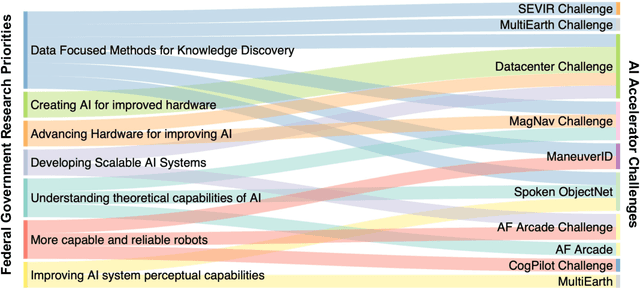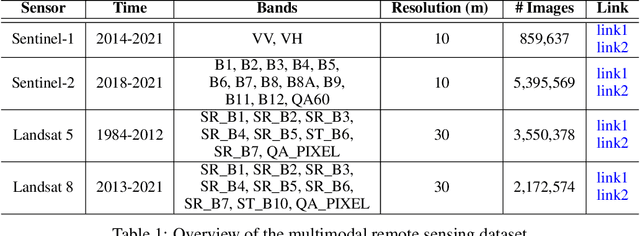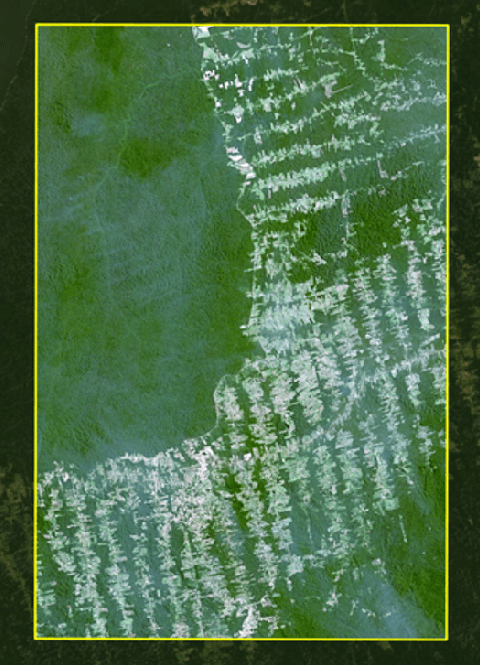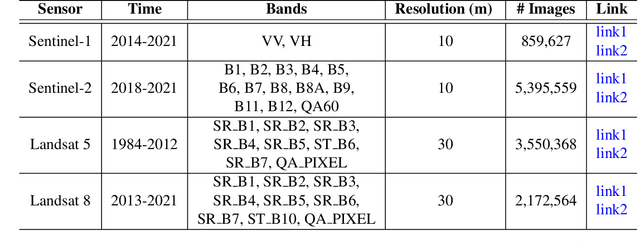Bill Freeman
MultiEarth 2023 -- Multimodal Learning for Earth and Environment Workshop and Challenge
Jun 07, 2023Abstract:The Multimodal Learning for Earth and Environment Workshop (MultiEarth 2023) is the second annual CVPR workshop aimed at the monitoring and analysis of the health of Earth ecosystems by leveraging the vast amount of remote sensing data that is continuously being collected. The primary objective of this workshop is to bring together the Earth and environmental science communities as well as the multimodal representation learning communities to explore new ways of harnessing technological advancements in support of environmental monitoring. The MultiEarth Workshop also seeks to provide a common benchmark for processing multimodal remote sensing information by organizing public challenges focused on monitoring the Amazon rainforest. These challenges include estimating deforestation, detecting forest fires, translating synthetic aperture radar (SAR) images to the visible domain, and projecting environmental trends. This paper presents the challenge guidelines, datasets, and evaluation metrics. Our challenge website is available at https://sites.google.com/view/rainforest-challenge/multiearth-2023.
Developing a Series of AI Challenges for the United States Department of the Air Force
Jul 14, 2022



Abstract:Through a series of federal initiatives and orders, the U.S. Government has been making a concerted effort to ensure American leadership in AI. These broad strategy documents have influenced organizations such as the United States Department of the Air Force (DAF). The DAF-MIT AI Accelerator is an initiative between the DAF and MIT to bridge the gap between AI researchers and DAF mission requirements. Several projects supported by the DAF-MIT AI Accelerator are developing public challenge problems that address numerous Federal AI research priorities. These challenges target priorities by making large, AI-ready datasets publicly available, incentivizing open-source solutions, and creating a demand signal for dual use technologies that can stimulate further research. In this article, we describe these public challenges being developed and how their application contributes to scientific advances.
MultiEarth 2022 -- Multimodal Learning for Earth and Environment Workshop and Challenge
Apr 27, 2022



Abstract:The Multimodal Learning for Earth and Environment Challenge (MultiEarth 2022) will be the first competition aimed at the monitoring and analysis of deforestation in the Amazon rainforest at any time and in any weather conditions. The goal of the Challenge is to provide a common benchmark for multimodal information processing and to bring together the earth and environmental science communities as well as multimodal representation learning communities to compare the relative merits of the various multimodal learning methods to deforestation estimation under well-defined and strictly comparable conditions. MultiEarth 2022 will have three sub-challenges: 1) matrix completion, 2) deforestation estimation, and 3) image-to-image translation. This paper presents the challenge guidelines, datasets, and evaluation metrics for the three sub-challenges. Our challenge website is available at https://sites.google.com/view/rainforest-challenge.
Weakly Supervised 3D Human Pose and Shape Reconstruction with Normalizing Flows
Mar 23, 2020



Abstract:Monocular 3D human pose and shape estimation is challenging due to the many degrees of freedom of the human body and thedifficulty to acquire training data for large-scale supervised learning in complex visual scenes. In this paper we present practical semi-supervised and self-supervised models that support training and good generalization in real-world images and video. Our formulation is based on kinematic latent normalizing flow representations and dynamics, as well as differentiable, semantic body part alignment loss functions that support self-supervised learning. In extensive experiments using 3D motion capture datasets like CMU, Human3.6M, 3DPW, or AMASS, as well as image repositories like COCO, we show that the proposed methods outperform the state of the art, supporting the practical construction of an accurate family of models based on large-scale training with diverse and incompletely labeled image and video data.
 Add to Chrome
Add to Chrome Add to Firefox
Add to Firefox Add to Edge
Add to Edge